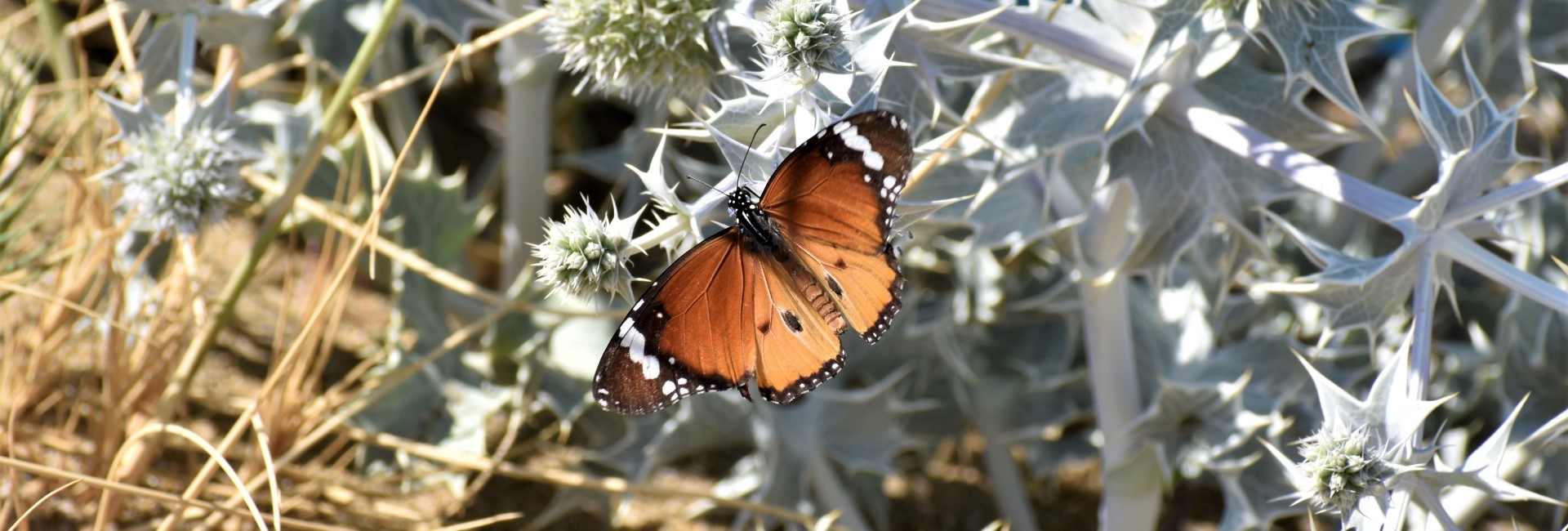Appearance
Adults of the family Nymphalidae vary in size from small to large, but the family is highly variable given that it also includes the Satyridae, a subfamily that has been designated as a family in its own right in earlier classifications.
The species in Crete have an average wingspan of 25–85 mm (1.0–3.5 inches).
Nymphalidae varies greatly in appearance in larval, pupal, and adult stages. Browns, oranges, yellows, and blacks are frequent colors. Both sexes generally are similar, appearing with differences in color tones and in the size of marks.
Usually, they have reduced forelegs in both sexes (not in Libytheinae females), so they appear four-legged. Forelegs are covered with long hair, so as to resemble a brush. The forelegs in both sexes are vestigial and useless for walking.

